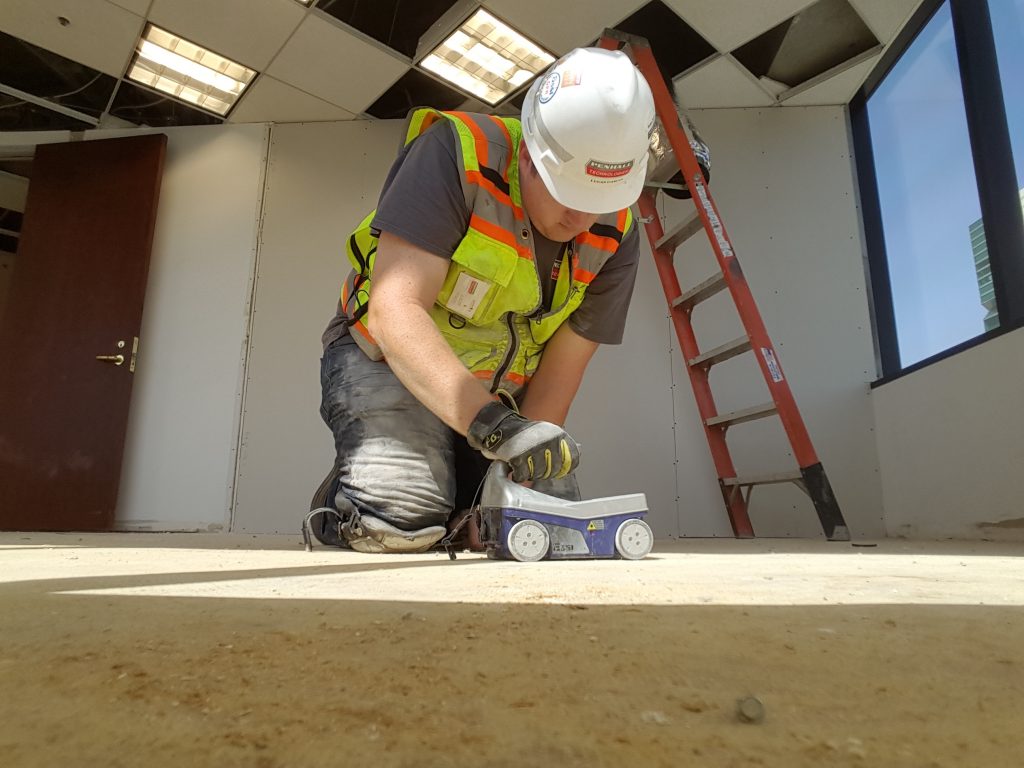Local RainierGPR Service Areas for Precision Concrete Scanning
Local RainierGPR Service Areas for Precision Concrete Scanning
Blog Article
Enhancing Job Planning and Implementation Through Advanced Concrete Scanning Strategies
In the world of task planning and implementation, foresight and accuracy are vital components that can make the difference in between success and problems. Advanced concrete scanning strategies have arised as a sophisticated device set to boost the standards of job management within the building industry. By taking advantage of cutting-edge innovation, these strategies offer a glance into the structural honesty of a building even prior to the initial brick is laid. The ramifications of such advancements are profound, guaranteeing a standard shift in just how projects are approached and provided.
Advantages of Advanced Concrete Scanning Techniques

Improved Precision in Task Analyses
Enhancing task analyses with sophisticated concrete scanning methods substantially improves the precision and reliability of construction evaluations. By using sophisticated scanning modern technologies such as ground-penetrating radar (GPR) and 3D imaging, task teams can now get thorough understandings into the problem of concrete frameworks, determining possible defects or weaknesses that might not be visible to the naked eye. This boosted level of accuracy in task evaluations allows construction specialists to make even more informed choices concerning repair work and upkeep methods, resulting in boosted general project end results.
Furthermore, the increased precision in job assessments attained through sophisticated concrete scanning techniques assists in minimizing the danger of unforeseen concerns during the building stage. By proactively detecting covert anomalies within concrete frameworks, such as rebar deterioration or voids, task teams can address these issues early, avoiding expensive hold-ups and revamp later in the job lifecycle. Inevitably, the improved accuracy in job analyses helped with by sophisticated concrete scanning strategies contributes to higher effectiveness, cost-effectiveness, and top quality in construction jobs.
Very Early Recognition of Architectural Obstacles
Early detection of structural difficulties plays a critical role in guaranteeing the stability and security of concrete structures throughout the construction process. Determining prospective problems at a very early stage permits prompt intervention, stopping expensive rework, routine hold-ups, and security dangers. Advanced concrete scanning methods, such as ground-penetrating radar (GPR) and 3D imaging, allow job teams to discover covert problems, voids, reinforcement layout discrepancies, and various other abnormalities that might jeopardize the framework's stability.
By executing these techniques during the preparation and implementation phases, building professionals can proactively address architectural obstacles before they escalate into significant issues. look here As an example, spotting inadequate concrete cover over support bars beforehand can stop rust and structural weakening over time - RainierGPR Service Areas. Additionally, determining variants in concrete thickness or thickness can aid enhance product usage and make sure uniform strength homes across the structure

Inevitably, very early identification of architectural difficulties through sophisticated concrete scanning not only improves the total top quality and toughness of the building yet likewise adds to a much safer constructed environment for customers and occupants.
Improved Safety Steps in Building And Construction
The application of durable safety and security protocols is critical in the building sector to mitigate risks and secure the health of visit the website stakeholders and workers. Building websites are naturally hazardous atmospheres, with possible threats varying from falls and equipment malfunctions to architectural failings. To boost safety procedures, building and construction companies are progressively taking on technical advancements such as wearable devices that keep track of employees' essential indicators and spot prospective wellness concerns in real-time. Additionally, the usage of drones for website security enables regular safety and security evaluations without putting personnel in harm's method. Safety and security training programs have actually likewise advanced to consist of online truth simulations that supply hands-on experience in taking care of emergency circumstances. Additionally, the integration of fabricated intelligence in security administration systems enables proactive recognition of possible dangers, permitting timely treatments. By focusing on security through the incorporation of innovative innovations and extensive training programs, construction tasks can dramatically decrease accidents and develop a protected functioning atmosphere for all involved - RainierGPR Service Areas.
Streamlining Job Administration Processes
To maximize functional efficiency and guarantee job success in the building market, a concentrate on simplifying task monitoring procedures is essential. By executing effective job administration processes, building jobs can reduce delays, decrease costs, and improve overall productivity. One essential aspect of improving project management is the use of advanced modern technologies such as Structure Details Modeling (BIM) software program, which makes it possible for real-time partnership, view publisher site clash discovery, and exact job organizing. Furthermore, the adoption of cloud-based project monitoring systems enables smooth communication among employee, immediate access to task information, and the ability to track progress in real-time.

Final Thought
In verdict, the application of innovative concrete scanning strategies offers numerous benefits for project preparation and execution. These strategies offer better accuracy in project assessments, early identification of structural obstacles, boosted safety and security actions in construction, and structured task administration processes. Integrating these approaches right into job workflows can ultimately bring about extra successful and efficient end results in building jobs.
Ultimately, the boosted precision in project assessments promoted by sophisticated concrete scanning techniques adds to higher efficiency, cost-effectiveness, and top quality in building projects. RainierGPR Service Areas.
To maximize operational performance and guarantee task success in the building sector, a focus on streamlining job management procedures is vital. By implementing reliable project monitoring processes, building tasks can lessen hold-ups, decrease prices, and improve total productivity. By enhancing project administration procedures through innovation assimilation, clear communication, and data-driven methods, building and construction projects can accomplish better efficiency, cost-effectiveness, and effective end results.
These techniques offer better precision in project assessments, early recognition of architectural challenges, improved safety and security measures in construction, and streamlined job administration procedures.
Report this page